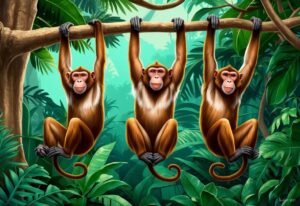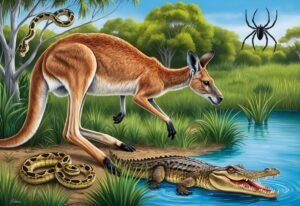When Were Sonograms Invented: A Brief History of Medical Imaging

The first medical use of ultrasound began in the 1950s, leading to the world's first commercial ultrasound scanner, the Diasonograph, in 1963.

The first medical use of ultrasound began in the 1950s, leading to the world's first commercial ultrasound scanner, the Diasonograph, in 1963.

Yes, you can eat armadillo meat, but there are health risks, such as the possibility of contracting leprosy; handle and cook the meat carefully.

Big monkeys, like mandrills and baboons, play key roles in their ecosystems but face threats from habitat loss and hunting, necessitating conservation efforts.

Carrageenan is a food additive from red seaweed used to thicken and stabilize foods, but its safety is debated due to potential gut problems or inflammation.

Diet pills became popular in the 1980s as quick weight loss solutions, but many had side effects and addiction risks; healthy food and exercise are better alternatives.

Ancient Egypt, lasting over 3000 years along the Nile, featured pyramids, gods, and pharaohs with impressive advances like hieroglyphics and mummification.

Panda ants, also known as Euspinolia militaris, are wingless wasps with a unique black and white pattern, resembling tiny pandas, mainly found in South America.

Butterflies undergo a four-stage metamorphosis: egg, caterpillar, pupa, and adult butterfly, enabling them to survive by using different food sources and habitats.

Pocahontas was a Native American girl named Matoaka who acted as a translator and diplomat between her people and English settlers, not a princess involved in a romance with John Smith.

Australia's long isolation and unique evolutionary history led to a high number of deadly animals, evolving potent venom and diverse defense mechanisms.